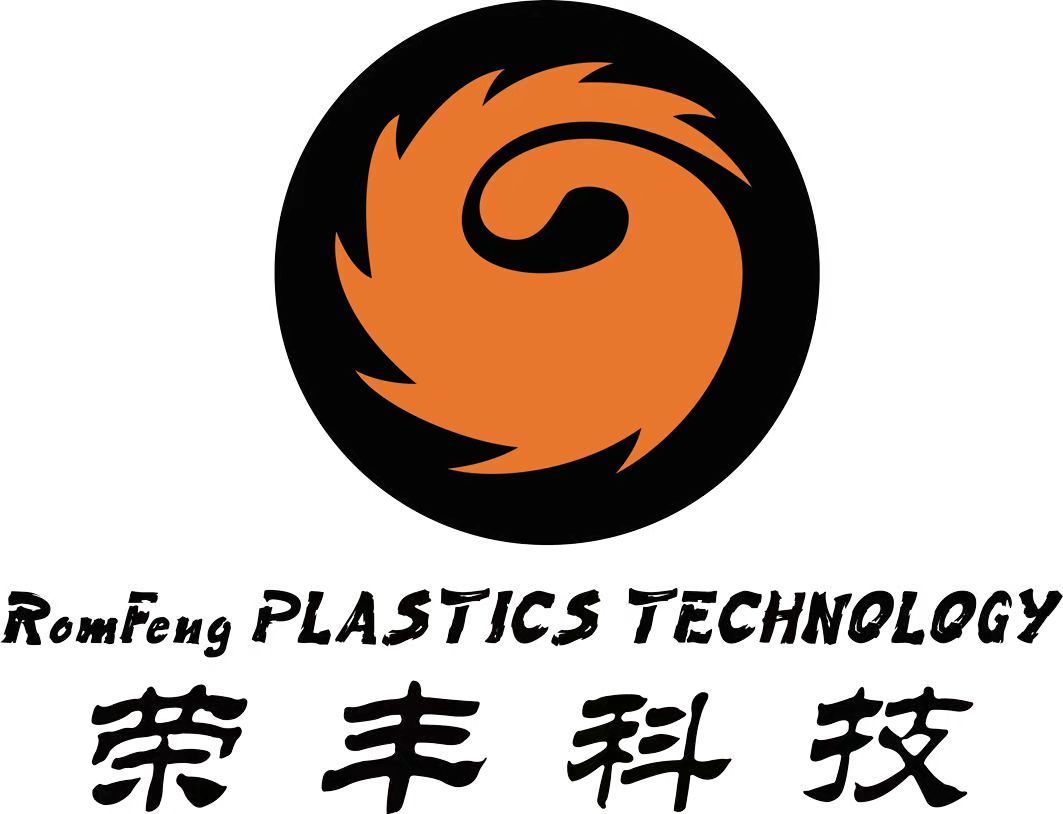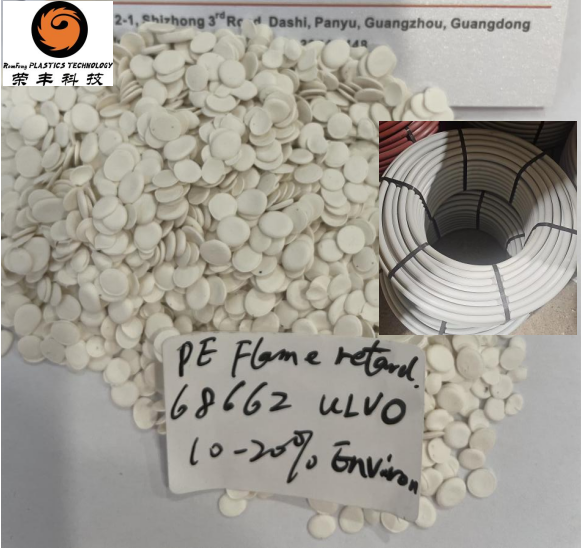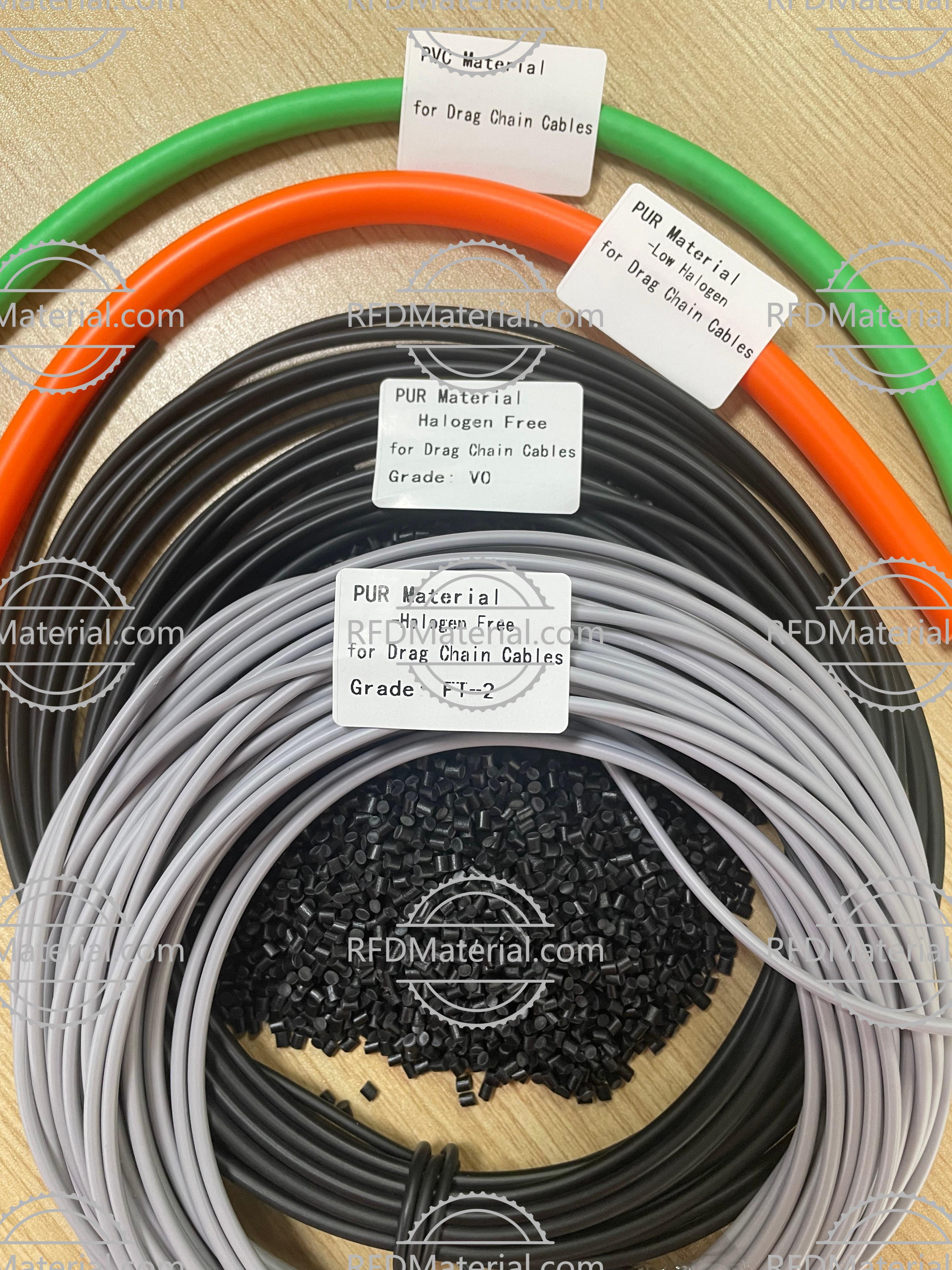The Relationship Between Anti Static Additive Masterbatch and Product Compliance
Release time:
2025-06-10 12:20
Source:
The Relationship Between Anti Static Additive Masterbatch and Product Compliance
In the ever-evolving world of plastics and chemical products, **anti-static additive masterbatches** play a pivotal role. Understanding their relationship with **product compliance** is essential for manufacturers aiming to meet both market demands and regulatory standards. This article delves into the intricacies of anti-static additives, their benefits, compliance requirements, and best practices for ensuring product integrity in the plastics industry.
Table of Contents
1. Understanding Anti-Static Additives
2. What is Masterbatch?
3. The Importance of Anti-Static Properties in Plastics
4. Compliance Requirements for Plastics and Additives
5. The Role of Anti-Static Additive Masterbatch in Compliance
6. Manufacturing Process and Quality Control
7. Best Practices for Using Anti-Static Additives
8. Future Trends in Anti-Static Additives
9. Frequently Asked Questions (FAQs)
10. Conclusion
Understanding Anti-Static Additives
Anti-static additives are chemical compounds added to plastics to reduce or eliminate static electricity. Static charge can accumulate on plastic surfaces, leading to a range of issues, such as **product damage, contamination**, and **hazardous conditions** in environments like electronics manufacturing and packaging.
These additives function by increasing the surface conductivity of plastics, allowing static charges to dissipate instead of building up. They can be categorized into two main types: **permanent anti-static additives**, which provide long-lasting protection, and **temporary anti-static additives**, which are effective for a limited time.
What is Masterbatch?
Masterbatch is a concentrated mixture of pigments and additives encapsulated during a heat process into a carrier resin, forming a solid granule that can be easily blended with base polymers to impart color or functionality. **Anti-static additive masterbatch** specifically contains anti-static additives tailored for specific applications in the plastics industry.
Using masterbatch allows manufacturers to achieve consistent quality, reduce processing waste, and enhance production efficiency. Additionally, because masterbatch can be precisely formulated, it provides flexibility in modifying the properties of the final product according to specific requirements.
The Importance of Anti-Static Properties in Plastics
The importance of anti-static properties in plastic products cannot be overstated, especially in industries where product safety and quality are paramount. Here are some key reasons why these properties are vital:
1. Prevention of Product Damage
Static electricity can lead to product damage during manufacturing and transportation. For example, in electronic packaging, static discharge can destroy sensitive components. Incorporating anti-static additives helps mitigate this risk.
2. Enhanced Safety Standards
In environments where flammable materials are present, static discharge can pose significant safety hazards. Anti-static additives help reduce these risks, ensuring compliance with safety regulations and protecting workers.
3. Improved Manufacturing Efficiency
Static charge can cause raw materials to clump or stick to machinery, leading to production slowdowns and increased maintenance costs. By utilizing anti-static masterbatches, manufacturers can streamline production processes and reduce downtime.
Compliance Requirements for Plastics and Additives
Compliance with industry standards and regulations is crucial for manufacturers in the plastics industry. Various entities, such as the **U.S. Environmental Protection Agency (EPA)**, the **Occupational Safety and Health Administration (OSHA)**, and international standards organizations, dictate the compliance requirements for plastic products and their additives.
1. Regulatory Framework
Manufacturers must navigate a complex web of regulations that govern the use of chemicals in plastic production. This includes assessing the potential health and environmental impacts of anti-static additives and ensuring that they meet the standards set forth by regulatory bodies.
2. Material Safety Data Sheets (MSDS)
Compliance also involves providing comprehensive Material Safety Data Sheets that detail the properties, handling, and potential hazards associated with anti-static additives. This documentation is essential for ensuring safe usage and regulatory compliance.
3. Testing and Certification
Before products can be marketed, they often must undergo rigorous testing and certification to verify that they meet specified performance criteria. Anti-static properties are typically evaluated to ensure they comply with safety and performance standards.
The Role of Anti-Static Additive Masterbatch in Compliance
Anti-static additive masterbatch plays a critical role in helping manufacturers achieve compliance with industry standards. Here’s how:
1. Consistency and Quality Control
Using masterbatch ensures that the anti-static properties are uniformly distributed throughout the plastic, leading to consistent product performance. This consistency is essential for compliance, as it enables manufacturers to meet specific product specifications reliably.
2. Customization for Specific Applications
Manufacturers can tailor the formulation of anti-static additive masterbatch to meet the unique requirements of their products. This customization facilitates compliance with different industry standards, making it easier to adapt to varying regulatory landscapes.
3. Documentation and Traceability
Anti-static additive masterbatch suppliers often provide detailed documentation regarding the composition and safety of their products. This information aids manufacturers in demonstrating compliance with regulatory requirements and facilitates easier audits.
Manufacturing Process and Quality Control
Implementing a robust manufacturing process and quality control system is vital for ensuring that products meet compliance standards:
1. Ingredient Quality Assurance
The quality of raw materials used in producing anti-static masterbatch directly affects the performance of the final product. Conducting thorough supplier audits and testing raw materials can help maintain high standards.
2. Process Optimization
Optimizing the manufacturing process of masterbatch, including temperature control and mixing times, is crucial for achieving the desired anti-static properties. Implementing advanced monitoring systems can enhance quality control.
3. Final Product Testing
Final products should undergo rigorous testing to verify that they meet anti-static performance specifications. This includes evaluating surface resistivity and testing under various environmental conditions to ensure reliability.
Best Practices for Using Anti-Static Additives
To maximize the benefits of anti-static additives and ensure compliance, manufacturers should adhere to the following best practices:
1. Understand the Application Requirements
Each application has unique requirements regarding anti-static properties. Understanding these specifications allows manufacturers to select the appropriate type and concentration of anti-static additives.
2. Conduct Pre-Production Trials
Before full-scale production, conducting pre-production trials can help identify potential issues and optimize the formulation of anti-static masterbatch. This step is crucial for ensuring compliance and product performance.
3. Regular Employee Training
Training employees on the proper handling and application of anti-static additives is essential for maintaining compliance and ensuring product safety. Regular training sessions can keep employees informed of best practices and safety protocols.
Future Trends in Anti-Static Additives
As the plastics industry continues to evolve, so do the trends surrounding anti-static additives:
1. Sustainable Solutions
With increasing environmental awareness, there is a growing demand for sustainable anti-static additives derived from renewable resources. Manufacturers are focusing on developing eco-friendly alternatives to traditional additives.
2. Advanced Material Technologies
The emergence of advanced materials, such as nanocomposites, opens new possibilities for enhancing anti-static properties. These innovations could lead to more effective and efficient anti-static solutions.
3. Smart Additives
The future may see the development of "smart" anti-static additives capable of adjusting their properties based on environmental changes. These adaptive materials could significantly enhance product performance and compliance.
Frequently Asked Questions (FAQs)
1. What is the difference between permanent and temporary anti-static additives?
Permanent anti-static additives provide long-lasting protection against static charge, while temporary additives are effective for a limited time and may require reapplication.
2. How do anti-static additives impact the physical properties of plastics?
Anti-static additives can affect properties such as surface gloss, mechanical strength, and transparency. It’s essential to conduct tests to ensure that desired product qualities are maintained.
3. Are there specific regulations for anti-static additives in plastics?
Yes, manufacturers must comply with various regulations governing the use of chemicals in plastics, including safety assessments and material safety documentation.
4. Can anti-static additives be combined with other additives?
Yes, anti-static additives can often be combined with colorants and other functional additives. However, compatibility testing is crucial to ensure desired performance.
5. What are the best practices for storing anti-static masterbatch?
Store anti-static masterbatch in a cool, dry place, away from direct sunlight, and ensure that the containers are sealed tightly to prevent moisture absorption.
Conclusion
The relationship between anti-static additive masterbatch and product compliance is vital for manufacturers in the chemical and plastics industry. By understanding the role of anti-static additives, adhering to compliance requirements, and implementing best practices in manufacturing and quality control, businesses can enhance product performance, ensure safety, and maintain regulatory compliance. As the industry evolves, embracing sustainability and innovation will be key to staying ahead in the increasingly competitive market.
Anti Static Additive Masterbatch








